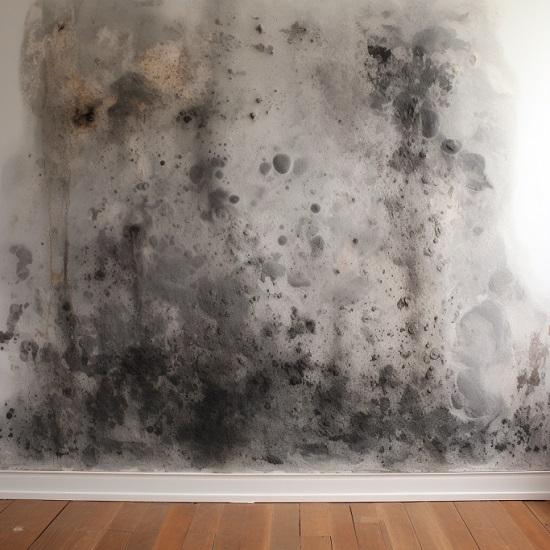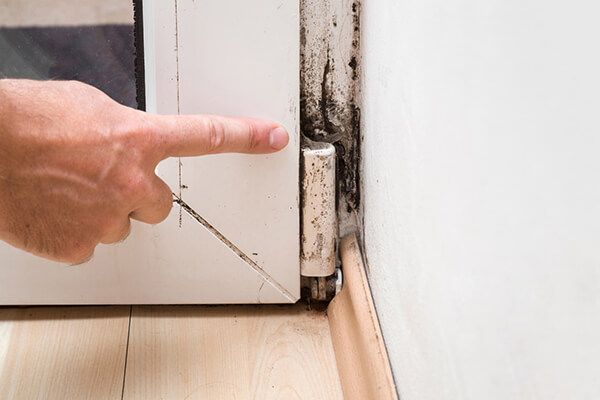Advice on What to Do After Mold Remediation
Advice on What to Do After Mold Remediation
Blog Article
Expert Tips for Message Mold And Mildew Remediation Success
In the realm of mold remediation, effectively getting rid of mold is just half the battle; truth difficulty depends on avoiding its reappearance. Post-remediation initiatives play an essential role in making sure a mold-free atmosphere in the long-term. By sticking to skilled ideas and ideal techniques, people can secure their areas versus mold revival and maintain a healthy interior environment. It is in this phase of the removal procedure that interest to detail and positive steps really make a difference.
Monitor Moisture Degrees Regularly
Normal surveillance of humidity levels is crucial in making certain the efficiency of message mold and mildew removal efforts. After completing mold removal procedures, maintaining optimum humidity degrees is important to avoid mold and mildew re-growth and make sure a healthy interior environment. Tracking moisture levels allows for very early detection of any kind of spikes or changes that can potentially bring about mold rebirth. High humidity degrees above 60% produce a helpful atmosphere for mold and mildew to flourish, making normal keeping track of an aggressive measure to avoid any future mold problems - Post Remediation Inspection near me.
In addition, establishing a regular schedule for moisture checks, especially in risky areas such as cellars, bathrooms, and cooking areas, is a positive approach to mold avoidance. By regularly checking humidity degrees, residential or commercial property proprietors can effectively alleviate the risk of mold and mildew reoccurrence and preserve a healthy and balanced interior atmosphere post-remediation.
Conduct Thorough Inspections Post-Remediation
Adhering to the conclusion of mold removal treatments, it is necessary to conduct detailed inspections to confirm the performance of the removal process. These post-remediation evaluations are critical in guaranteeing that the mold and mildew concern has been effectively resolved which there is no reappearance or remaining mold growth. Assessments need to be carried out by certified specialists that have knowledge in identifying mold and mildew and analyzing interior air top quality.
Throughout these examinations, various methods such as visual assessments, air sampling, and surface sampling may be employed to thoroughly evaluate the remediated locations. Aesthetic analyses entail an in-depth assessment of the properties to inspect for any type of visible indications of mold growth or water damages. Air tasting assists in establishing the airborne mold and mildew spore levels, while surface area sampling can find mold and mildew particles on surfaces.
Implement Proper Ventilation Approaches
After making sure the effectiveness of the mold and mildew remediation procedure via thorough inspections, the following vital action is to concentrate on applying correct air flow methods. Appropriate air flow is vital in preventing mold reoccurrence by managing moisture levels and promoting air flow. To achieve this, it is suggested to make use of exhaust followers in locations vulnerable to high moisture, such as cooking areas and bathrooms. Furthermore, opening windows and doors when weather permits can help enhance airflow and reduce moisture buildup. Air purifiers and dehumidifiers are also important devices in keeping optimal interior air top quality.
Proper air flow not just help in protecting against mold and mildew development but also adds to the general health and comfort of residents. By ensuring adequate air flow throughout the property, you can decrease the threat of mold regrowth and create a much healthier living atmosphere.

Use Mold-Resistant Materials for Fixes
To boost the long-lasting performance of mold and mildew remediation efforts, incorporating mold-resistant products for repair services is crucial in mitigating the threat check these guys out of future mold growth. Mold-resistant products are developed to endure dampness and prevent mold and mildew growth, making them a vital choice for locations susceptible to moisture and moisture. When repairing areas affected by mold, making use of materials such as mold-resistant drywall, mold-resistant paints, and mold-resistant caulking can help protect against mold and mildew recurrence.
Mold-resistant drywall is a superb alternative to conventional drywall in locations like shower rooms and cellars where dampness degrees are greater. When revealed to damp conditions, this kind of drywall has an unique coating that resists mold and mildew growth even. In addition, making use of mold-resistant paints consisting of antimicrobial representatives can additionally inhibit mold and mildew growth on ceilings and walls.
In locations where moisture is usual, such as washrooms and kitchen areas, making use of mold-resistant caulking around windows, bathtubs, and sinks can help secure out water and protect against mold from holding in cracks and crevices. By purchasing these mold-resistant materials during repairs post-remediation, you can dramatically lower the probability of future mold and mildew concerns and maintain a much healthier indoor atmosphere.
Maintain Sanitation and Address Water Issues
Guaranteeing cleanliness and quickly resolving water issues are basic techniques to support in safeguarding indoor rooms from mold and mildew reinfestation. After mold remediation, it is vital to maintain a tidy setting to stop the regrowth of mold and mildew (Post remediation mold testing near me). Regular cleansing, cleaning, and vacuuming can assist eliminate any lingering mold and mildew spores and prevent them from proliferating and settling. Furthermore, keeping indoor areas dry and resolving any kind of water issues promptly is necessary in mold and mildew prevention. Leakages, water invasion, or high humidity levels can develop the ideal breeding place for mold and mildew, so it is critical to repair these details any kind of water-related troubles promptly.
To maintain sanitation, think about making use of HEPA filters in vacuums and air purifiers to catch mold spores and stop their circulation airborne. Furthermore, ensuring correct air flow in areas susceptible to moisture build-up, such as kitchen areas and bathrooms, can assist keep moisture levels in check. By staying watchful regarding tidiness and dealing with water concerns quickly, you can efficiently protect against mold reinfestation and maintain a healthy indoor atmosphere.
Verdict

In the world of mold remediation, successfully eradicating mold is just half the battle; the true challenge lies in avoiding its reappearance. After finishing mold removal procedures, keeping optimal humidity degrees is essential to protect against mold and mildew re-growth and guarantee a healthy and balanced indoor environment. High humidity degrees above 60% develop a helpful atmosphere for mold to prosper, making routine keeping track of a positive measure to prevent any kind of future mold issues.
To boost the long-term effectiveness of mold removal efforts, integrating mold-resistant products for repair services is important in mitigating the threat of future mold and mildew development. After mold remediation, it is critical to keep a tidy environment to avoid the regrowth of mold and mildew.
Report this page